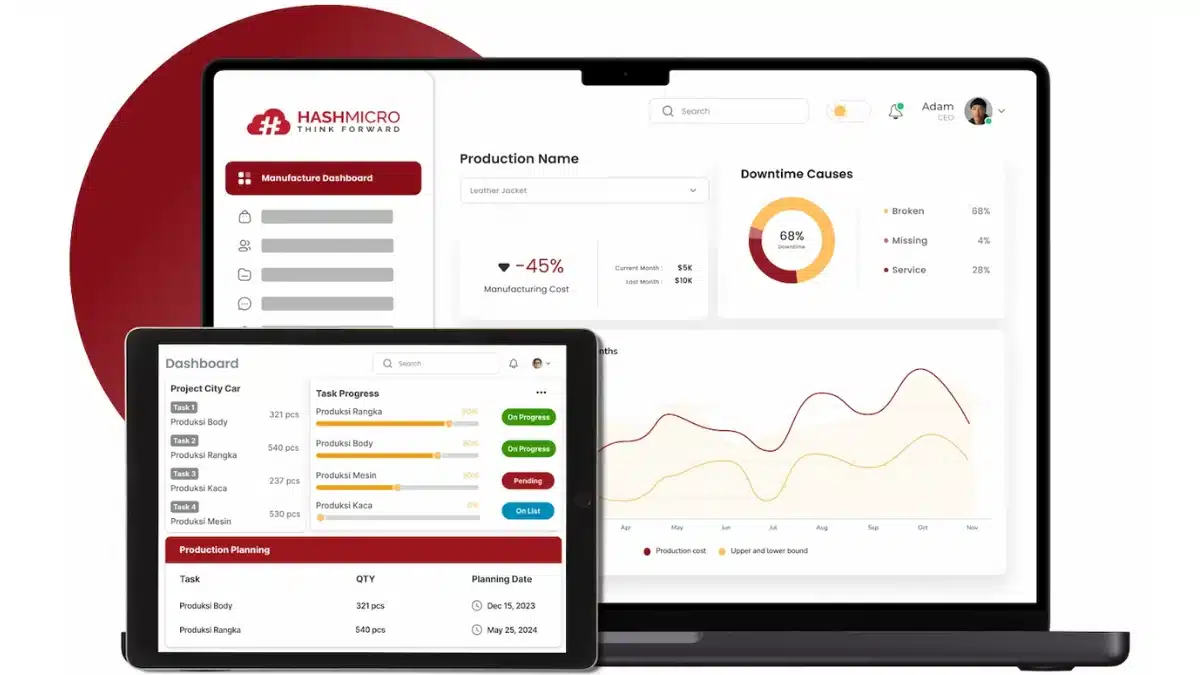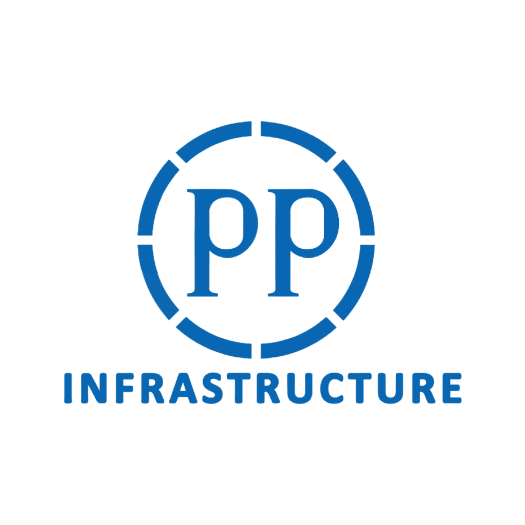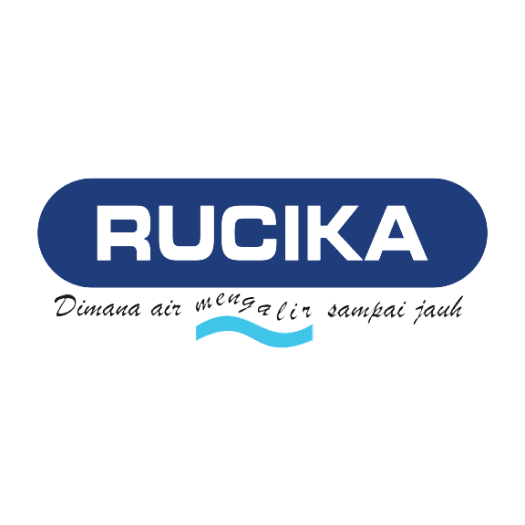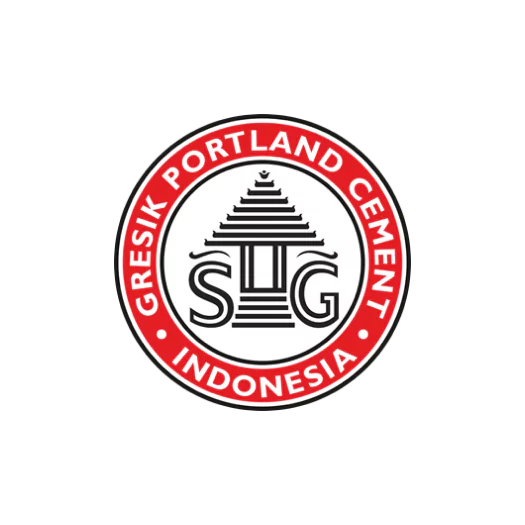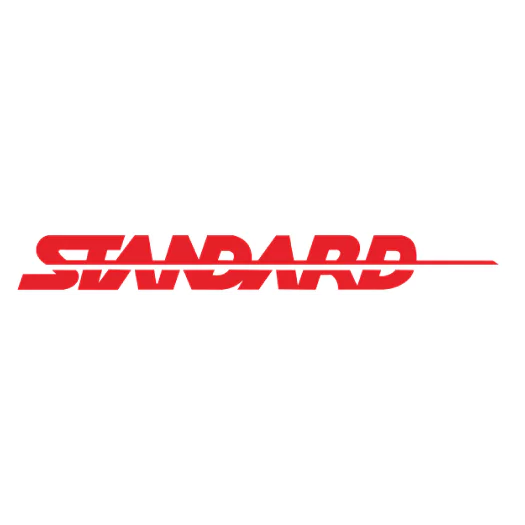Plastic injection moulding has revolutionised manufacturing by turning raw plastic into complex, high-quality components at scale. Its ability to deliver efficiency and detail has made it the backbone of industries worldwide.
However, decision-makers in Malaysia often face challenges like high tooling costs, rising energy consumption, and the need for consistent output. These issues can limit growth if companies fail to adopt efficient and proven production methods.
The global injection moulding market size was estimated at USD 285.5 billion in 2023 and is projected to reach USD 397.08 billion by 2030. This growth highlights the increasing importance of the process in ensuring both cost-effectiveness and product quality.
In this article, you will learn what plastic injection moulding is, why it matters, and how it works step by step. Continue reading to learn how this process can give your business a sharper competitive edge by utilizing the right ERP manufacturing system.
Key Takeaways
|
What is Plastic Injection Moulding?
Plastic injection moulding is a widely used manufacturing method that melts plastic material and injects it into a metal mould to form precise shapes. This plastic injection moulding process is carried out using a specialised plastic injection moulding machine, either hydraulic or electric, to deliver consistent and reliable results.
The advantage of injection moulding manufacturing lies in its flexibility, allowing businesses to design custom moulds and select suitable thermoplastics for different components. Whether it’s simple parts or highly detailed pieces, plastic injection forming ensures efficiency, high-volume production, and cost-effectiveness once the mould is developed.
For companies in Malaysia, adopting plastic injection moulding Malaysia means access to consistent quality, lower production costs, and reduced carbon impact with modern, energy-efficient machines. With these benefits, industries from automotive to electronics rely on the plastic injection moulding process to deliver strong, detailed, and sustainable components at scale.
What is the Benefit of Plastic Injection Moulding?
These advantages explain why plastic injection moulding in Malaysia remains the preferred method for industries seeking efficiency, flexibility, and long-term cost savings. To understand its actual value, it is also essential to see how the plastic injection moulding process actually works from start to finish.
1. Efficient high production
One of the most significant advantages of plastic injection moulding is its ability to produce parts at scale with remarkable speed. Once the mold is developed, the plastic injection moulding process can create thousands of identical parts in minutes, with cycle times as short as 10 seconds.
Manufacturers can further boost output by using multi-cavity or family molds, which allow for the production of multiple components in a single press. This makes injection moulding manufacturing highly suitable for medium to large production runs, especially for industries in Malaysia that need consistent, high-volume output.
2. Low cost per part
Although creating the initial mold may involve high upfront costs, the per-unit price drops dramatically as production volume increases. For medium runs, aluminium molds can be used as a cost-effective alternative to steel, helping businesses better manage their expenses.
Once set up, the plastic injection moulding machine works with minimal downtime, ensuring efficient use of resources. This makes plastic injection forming an attractive option for Malaysian companies seeking cost efficiency in large-scale production.
3. Repeatability and consistency
Consistency is crucial in modern manufacturing, and plastic injection moulding excels in delivering identical products repeatedly. The process maintains tight tolerances, ensuring each part meets strict quality standards even in large quantities.
This repeatability is valuable for sectors such as automotive, medical, and electronics, where reliability cannot be compromised. With the right plastic injection moulding machine, businesses in Malaysia can scale confidently while maintaining consistent quality.
4. Large material choice
Another benefit of plastic injection forming is the wide range of materials available, including thermoplastics and liquid silicone rubber. Manufacturers can select materials with specific properties, such as strength, flexibility, or heat resistance, based on the final product’s requirements.
Fillers can also be added to enhance durability, while colour choices are virtually unlimited. This flexibility ensures the plastic injection moulding process can meet diverse industry needs, from consumer goods to industrial applications.
5. Low waste and sustainability
Compared to other methods, injection moulding manufacturing generates very little waste during production. Any unused plastic can often be recycled, reducing environmental impact while keeping costs low.
This efficiency aligns with global and Malaysian sustainability goals, making it a practical solution for eco-conscious businesses. By adopting this process, companies can optimise production while demonstrating corporate responsibility.
6. High detail and complex design
The plastic injection moulding process injects molten plastic under high pressure, enabling the creation of intricate and detailed part designs. Complex shapes, delicate textures, and even engravings, such as logos, can be achieved directly in the mold.
This eliminates the need for additional processes to achieve detailed finishes, saving both time and cost. For businesses in Malaysia, this means greater design freedom without compromising speed or efficiency.
7. Minimal post-processing
Parts produced with plastic injection molding often emerge from the mold with a clean, finished look. Since surface aesthetics and textures can be built into the tooling itself, little to no post-processing is required.
This not only saves labor costs but also significantly shortens production lead time. With less rework needed, businesses can quickly deliver high-quality products to market.
How Does the Plastic Injection Moulding Work?
Understanding how plastic injection moulding works is essential before exploring its benefits and applications. By grasping the step-by-step process, businesses can better appreciate how this method delivers efficiency, precision, and consistency in manufacturing.
1. Selecting the right thermoplastic and mold
The first step in the plastic injection molding process is selecting the correct thermoplastic and designing the mold, as both factors determine the final product’s quality. A mold is composed of two parts: the cavity and the core, which shape the plastic into its required form.
These molds are usually made from steel or aluminum because they must withstand extreme heat and pressure during injection moulding manufacturing. To save cost and time, manufacturers often use CAD software and 3D printing to prototype and test molds before mass production.
Selecting the right thermoplastic is equally crucial, as different plastics, such as ABS, nylon, polycarbonate, and polypropylene, offer unique characteristics. For companies in Malaysia, this early stage ensures that the chosen material and mold design are optimised for durability, function, and cost-effectiveness.
2. Feeding and melting the thermoplastic
Once the material and mold are ready, the process begins with raw plastic pellets being fed into a plastic injection moulding machine. These pellets, which can be virgin resin or recycled plastic, are placed into the hopper at the top of the machine.
The pellets are then moved through a heated barrel by a rotating screw, where they gradually melt into a molten form. Proper temperature control is vital to ensure the thermoplastic flows correctly and achieves the intended shape during plastic injection forming.
The transition from solid pellets to liquid plastic forms the foundation for creating precise and reliable components. In Malaysia’s manufacturing sector, this stage is increasingly optimised by energy-efficient electric machines to reduce operating costs and environmental impact.
3. Injecting the plastic into the mold
At this stage, the molten plastic reaches the end of the barrel, where the screw builds up the right amount of pressure. The two halves of the mold close tightly under clamp pressure, ensuring no material escapes during injection.
When the gate opens, the screw pushes the molten plastic into the mold cavity at high pressure, filling every detail of the design. Balancing injection pressure and clamp pressure is critical to producing accurate, defect-free parts.
This precision allows plastic injection moulding in Malaysia to meet the high standards required for industries such as automotive, electronics, and healthcare. With the right balance, manufacturers can ensure each component matches exact specifications without unnecessary waste.
4. Holding and cooling time
After the cavity is filled, the molten plastic must be held under pressure for a specific period, known as the holding time. This step ensures that the plastic is packed tightly into the mold, creating accurate and durable components.
Once the holding phase ends, the cooling time begins, allowing the plastic to solidify within the mold. Cooling can take seconds or minutes, depending on the complexity of the part and the thermoplastic used.
This stage is essential in the plastic injection moulding process because it prevents warping, shrinkage, or deformation. By controlling both holding and cooling times, Malaysian manufacturers can achieve consistent quality across large production volumes.
5. Ejection and finishing processes
Once the part is cooled and hardened, ejector pins push it out of the mold and onto a conveyor or collection tray. At this point, the component has taken its final shape and may only require minimal finishing.
In some cases, additional steps such as trimming excess plastic, polishing, or adding dyes may be necessary to achieve the desired finish. Compared to other methods, injection moulding manufacturing requires little post-processing, which saves time and reduces labour costs.
Finished parts are then ready for packaging and distribution to industries across Malaysia and beyond. This efficiency is why the plastic injection moulding machine is highly valued for producing high-quality, detailed parts at scale with minimal waste.
Managing Plastic Injection Moulding with HashMicro’s Manufacturing Software
Managing fluctuating production demand and ensuring consistent quality in plastic injection moulding can be a real challenge. With HashMicro’s Manufacturing Software, manufacturers in Malaysia can optimise moulding operations through an integrated, real-time platform designed for efficiency, accuracy, and scalability.
You can easily book a free demo and receive a personalised consultation to see how the system fits your production needs. It’s a risk-free way to explore how you can streamline scheduling, reduce production waste, and gain complete visibility over every stage of the plastic injection moulding process.
Trusted by over 2,000 enterprises across Southeast Asia, HashMicro is recognised for its flexible features, strong local support, and seamless integration. The platform is designed for Malaysia’s fast-growing manufacturing sector, where precision and responsiveness in injection molding manufacturing are crucial to staying competitive.
With smart AI capabilities through Hashy, our virtual assistant, your team can automate repetitive tasks such as production scheduling, quality monitoring, and real-time reporting. This allows supervisors and managers to focus on strategic improvements, while HashMicro ensures consistent control of your plastic injection forming operations.
Below are some of the key features of HashMicro Manufacturing Software for plastic injection moulding:
- Manufacturing Production Scheduling: When production is scheduled based on historical demand, companies can avoid overproduction and shortages. As a result, plastic injection moulding operations run more efficiently and consistently.
- Secret Recipe / Bill of Materials (BoM): By managing material formulations accurately, errors in moulding are significantly reduced. This ensures consistent quality and lowers production waste.
- Manufacturing Requisition Planning: When material requisitions align with production schedules, raw materials arrive precisely when needed. This prevents stockpiling and supports just-in-time moulding.
- Manufacturing Quality Control: Monitoring quality at every stage helps detect defects early. Consequently, businesses save time, reduce rework, and build stronger customer trust.
- Finished Goods Production Simulation: By simulating outcomes beforehand, managers can anticipate potential bottlenecks and adjust their plans accordingly. This leads to smoother operations and better resource allocation.
- Manufacturing Gantt Chart Schedule Management: Visualising tasks and dependencies helps managers track production flow clearly. As a result, downtime is minimised and deadlines are met.
- Manufacturing Cost Actualization: Tracking actual costs in real-time reveals inefficiencies immediately. This enables businesses to eliminate unnecessary expenses and safeguard their profit margins.
- OEE Tracking (Overall Equipment Effectiveness): Measuring machine utilisation highlights downtime and performance gaps. Once addressed, productivity rises and moulding machines work at peak efficiency.
- Production Order & Work Order Tracking: Real-time monitoring of orders ensures production stays on track. This reduces delays and increases overall output reliability.
- Real-Time Stock Input and Output for Production: Tracking material usage instantly gives managers complete visibility of inventory movement. This prevents shortages, reduces overstocking, and supports agile decision-making.
Conclusion
Plastic injection moulding has become one of the most reliable methods for producing high-quality, cost-effective components at scale. Its ability to combine speed, precision, and flexibility makes it indispensable for industries worldwide, including those in Malaysia.
To maximise these benefits, businesses need a robust system that can manage complex operations with accuracy. HashMicro’s Manufacturing Software offers the ideal solution by integrating production planning, quality control, and real-time monitoring, enabling manufacturers to achieve efficiency and consistency at every stage of plastic injection molding.
Now is the time to transform how you manage your moulding operations. Book your free demo today and discover how HashMicro can help you streamline production, reduce waste, and drive long-term growth for your business.
FAQ about Plastic Injection Moulding
-
What is the plastic injection molding process?
The plastic injection molding process involves melting plastic pellets and injecting the molten material into a mould under high pressure. Once cooled and solidified, the mould opens to release a finished part, enabling mass production of complex and precise components.
-
What are the 5 types of plastic molding?
The five main types of plastic molding are injection molding, blow molding, rotational molding, compression molding, and extrusion molding. Each method is suited for different applications, depending on the shape, complexity, and durability required for the final product.
-
What are the disadvantages of plastic injection molding?
One of the main disadvantages is the high initial tooling cost, which can be a barrier for smaller businesses. Additionally, the process requires significant energy consumption and may lead to longer lead times if design changes are needed after tooling is completed.



